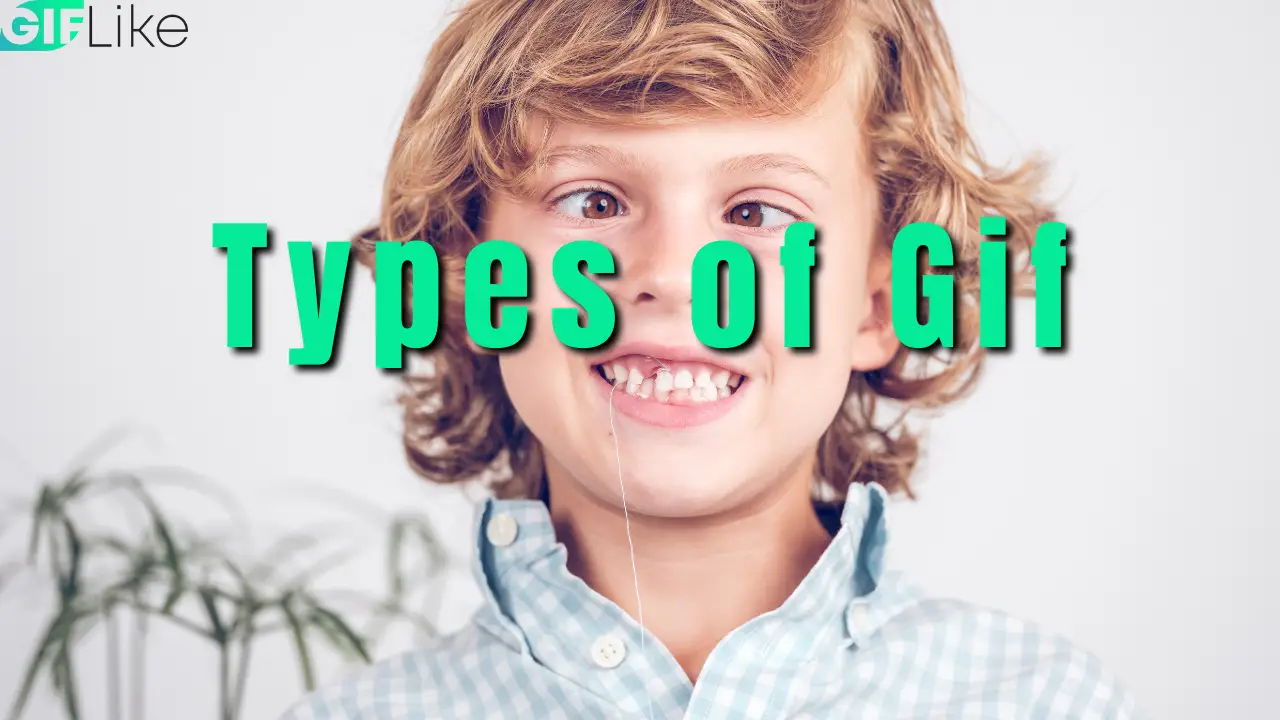I love this tool for creating amazing gifs on the fly. Check it out here
When most people think of pictures, they think of still images that can be captured with a camera. However, there is another type of picture that has become increasingly popular in recent years: the GIF. So, what is a GIF?
Is it considered a picture? And if so, what are the implications? In this blog post, we will explore the definition of a GIF and whether or not it should be considered a picture. We will also look at some myths and facts about GIFs and their impact on the world of photography.

What is a GIF?
A GIF, or Graphics Interchange Format, is a file format that allows for the creation of small, animated images. GIFs typically consist of a series of images or frames that are played in sequence, giving the illusion of movement. These images can be created from scratch or by using existing image files.
GIFs have become increasingly popular in recent years thanks to their ability to easily convey an emotion or add humor to a message. They are often used on social media platforms, such as Twitter and Tumblr, and have even been known to make their way into mainstream advertising.
Is A GIF Considered A Picture?
So, what exactly makes a GIF a picture?
According to the Merriam-Webster dictionary, a picture is defined as “a design or representation made by various means (such as painting, drawing, or photography)”. Based on this definition, it would seem that GIFs would fall under the category of pictures.
However, there is one key difference between GIFs and other types of pictures – the fact that GIFs are animated. This animation is what sets GIFs apart from traditional pictures, and it is also what has led to some debate over whether or not they should be classified as such.
Some people argue that the animation element of GIFs means that they are not actually pictures. After all, if a picture is defined as a “design or representation made by various means”, then it stands to reason that an animated GIF would not fit this definition.
However, others argue that the fact that GIFs are created from existing images (whether they be photos, illustrations, or even videos) makes the pictures. After all, if you take an existing image and manipulate it in some way, then you have technically created a new picture.
So, should GIFs be considered pictures? The answer to this question is ultimately up to interpretation. However, there are some arguments to be made for both sides.
Arguments For:
GIFs are created from existing images, which means they are technically pictures.
GIFs often contain humorous or emotional content, which makes them similar to other types of pictures (such as memes).
Arguments Against:
GIFs are animated, which sets them apart from traditional pictures.
GIFs typically only consist of a few frames, which may not be enough to qualify as a “picture”.
At the end of the day, it is up to each individual to decide whether or not they believe GIFs are pictures. However, there is no doubt that GIFs have become a popular and important part of internet culture. Whether you consider them pictures or not, they are sure to be around for years to come.
What Are the Implications of A Gif Being Considered a Picture?
If GIFs are classified as pictures, it could have a number of implications for the world of photography. For starters, it could mean that GIFs are eligible for copyright protection. Copyright law typically applies to “original works of authorship”, which includes pictures. This means that if GIFs are considered pictures, they would be eligible for copyright protection.
This could have a major impact on the way GIFs are used online. For example, if someone were to create a GIF of a copyrighted image (such as a movie still or a celebrity photo), they could be sued for copyright infringement. This could lead to a situation where people are hesitant to use GIFs, for fear of violating someone’s copyright.
Another implication of GIFs being classified as pictures is that they could be subject to censorship. In some countries, there are laws that restrict the publication of certain types of images (such as those that are considered to be offensive or obscene). If GIFs are classified as pictures, they could potentially be subject to these types of laws. This could lead to a situation where people are hesitant to use GIFs for fear of violating the law.
At the end of the day, the implications of GIFs being classified as pictures are largely up to interpretation. However, there are some potential implications that could have a major impact on the way GIFs are used and distributed.
Is a Gif a Moving Image?
Yes, a GIF (Graphics Interchange Format) is a type of moving image. GIFs are a popular way to share short, animated images online.
They are often used for humorous or emotional purposes and can be easily shared on social media and other websites. GIFs are typically created from existing images (such as photos, illustrations, or videos) and then manipulated to create a short, looping animation.
Conclusion
A GIF is a moving image that is created from existing images. It is often used for humorous or emotional purposes and can be easily shared on social media and other websites. The implications of GIFs being classified as pictures are largely up to interpretation, but there are some potential implications that could have a major impact on the way GIFs are used and shared online.






